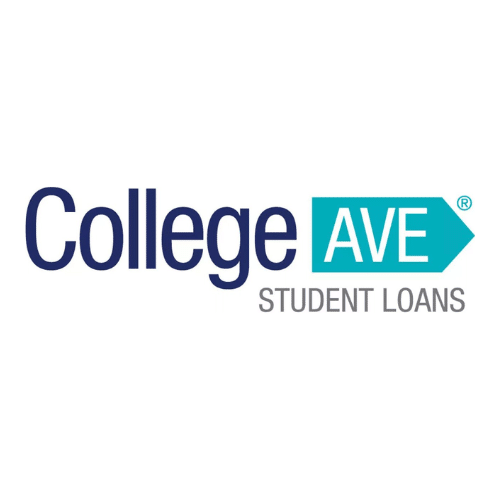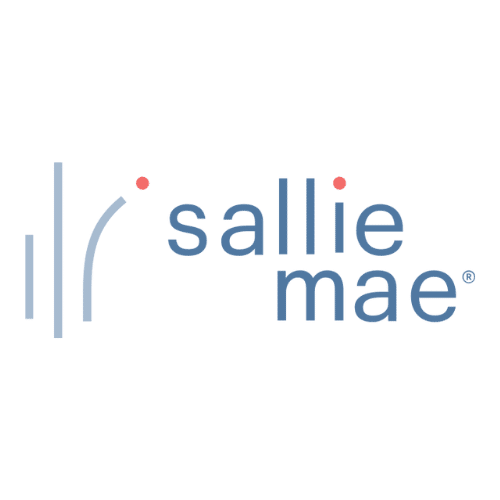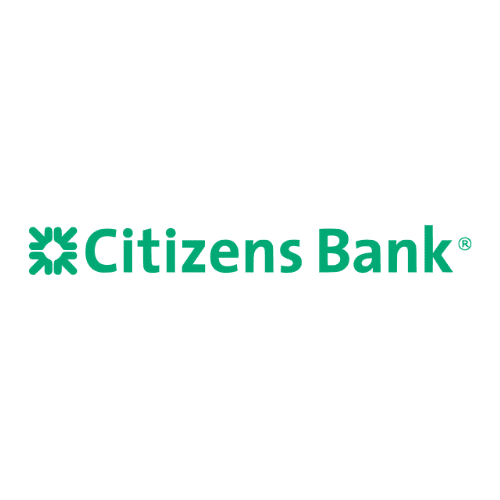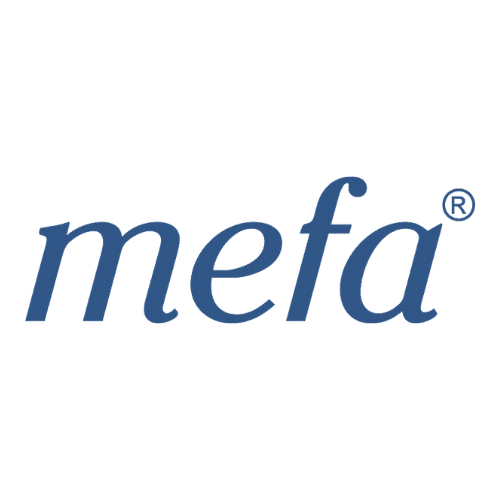10 Best Part-Time Student Loans
As a part-time student, there are options available to you to finance your studies. Here are the best private student loan lenders to help you fund your part-time tuition.
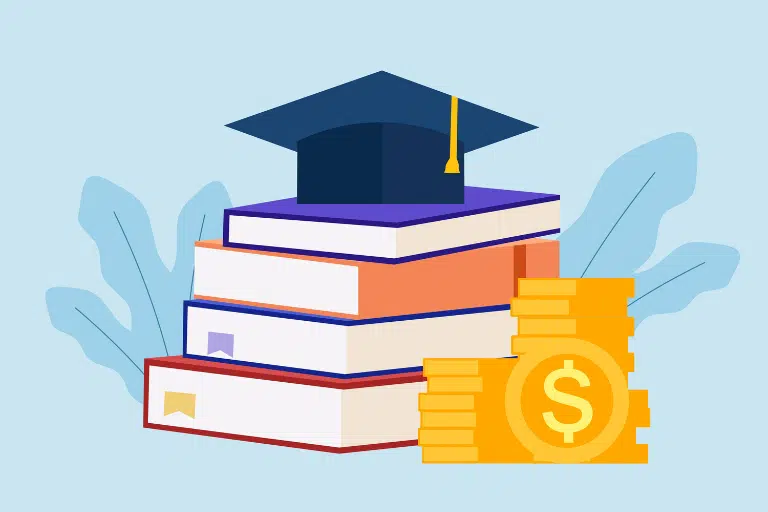
If you’re one of the 7.5 million students planning to take just a few credits each semester while going to college or career-training school, you might find it difficult to get a part-time student loan. This is because many lenders require borrowers to attend school at least half-time to be eligible for the loan.
As a part-time student, you may be wondering how to get financial aid; qualified part-time students are eligible for financial support from the federal government and private lenders. Here’s what you need to know.
Best Part-Time Student Loans
| Lender | Scholaroo rating | Fixed rates starting (APR) | Variable rates starting (APR) |
|---|---|---|---|
 College Ave Best overall Visit website | 4.44% | 5.09% | |
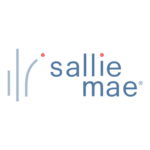 Sallie Mae Best for flexible repayment options Visit website | 4.50% | 5.99% | |
 Earnest Earnest is best for its transparent eligibility requirements Visit website | 4.45% | 5.32% | |
 Citizens Bank Best for cosigner policies Visit website | 4.43% | 6.03% | |
 Ascent Great option for loans without a cosigner Visit website | 4.62% | 5.98% | |
 SoFi SoFi is best for interest rate discounts Visit website | 4.99% | 5.49% | |
 MEFA Best for low cost financing options Visit website | 5.35% | N/A | |
 Discover Discover is best overall for rewards Visit website | 4.49% | 5.99% | |
 EdvestinU Best for students attending school in New Hampshire Visit website | 6.25% | 7.96% | |
 Custom Choice Best for low-interest student loans Visit website | 3.65% | 6.14% |

College Ave
Best overall

Sallie Mae
Best for flexible repayment options

Earnest
Earnest is best for its transparent eligibility requirements

Citizens Bank
Best for cosigner policies

Ascent
Great option for loans without a cosigner

SoFi
SoFi is best for interest rate discounts

MEFA
Best for low cost financing options

Discover
Discover is best overall for rewards

EdvestinU
Best for students attending school in New Hampshire

Custom Choice
Best for low-interest student loans
1. College Ave
2. Sallie Mae
3. Earnest
4. Citizens Bank
5. Ascent
6. SoFi
7. MEFA
8. Discover
9. EdvestinU
10. Custom Choice
What Is a Part-time Student Loan?
A part-time student loan is a type of educational loan that is designed to assist students who are enrolled on a part-time basis. Unlike full-time students, part-time students usually take fewer credit hours and may balance their academic life with work or other responsibilities.
Federal Student Loans, such as the Direct Subsidized and Unsubsidized Loans, are available to part-time students if they meet certain criteria. Typically, a student must be enrolled at least half-time to qualify. The loan amount may be less compared to full-time students, reflecting the fewer credit hours taken.
Private student loans like the ones we’ve listed above, are another option. These are offered by private institutions like banks and credit unions. Eligibility criteria and terms can vary widely, and interest rates are usually higher than federal loans.
Pros and Cons of Part-Time Student Loans
Pros
- Flexibility: Part-time student loans allow you to continue your education even if you can’t commit to a full-time course load. This makes it easier to balance school with work or family responsibilities.
- Lower borrowing: Generally, part-time students take fewer courses per semester, which can mean less tuition costs and, consequently, less borrowing. This could result in a smaller debt burden upon graduation.
- Federal protections: If you opt for federal loans, you can take advantage of Income-Driven Repayment Plans and potential Loan Forgiveness Programs, which can make managing your debt easier in the long run.
Cons
- Smaller loan amounts: Because you are enrolled part-time, the amount you’re eligible to borrow may be limited. This could make it challenging to cover all your educational expenses.
- Longer repayment period: If you’re attending school part-time, it will likely take you longer to complete your degree. This means you might start repaying the loan later, potentially accumulating more interest.
- Limited eligibility for subsidies: Federal Direct Subsidized Loans are often reserved for full-time students. Part-time students may have to resort to Unsubsidized Loans, which accrue interest while you’re in school.
What Happens If I Drop Below Half-time?
If you decide to switch to less-than-half-time enrollment or withdraw from school entirely, you will be obligated to begin repaying any federal student loans you borrowed following the applicable grace period.
Depending on the grace period guidelines for your private loans, you may be required to start repaying them immediately. Please keep this in mind when making decisions about your education.
How To Find Part-Time Student Loans
Federal Student Loans:
- FAFSA: The first step in obtaining a part-time student loan is to fill out the Free Application for Federal Student Aid (FAFSA). This form assesses your financial need and eligibility for federal aid.
- School’s Financial Aid Office: After completing the FAFSA, consult your school’s financial aid office. They will provide a Financial Aid Package, which may include federal loan options tailored to your part-time status.
- Eligibility: Make sure you meet the minimum criteria for federal loans. Usually, you must be enrolled at least half-time to qualify for Direct Subsidized and Unsubsidized Loans.
Private Student Loans:
- Research: Unlike federal loans, private loans are offered by banks, credit unions, and other financial institutions. Start by researching which organizations offer student loans for part-time students.
- Compare rates and terms: Different lenders offer varying interest rates, repayment terms, and eligibility criteria. Use comparison tools to find a loan that suits your needs.
- Application: Once you’ve selected a lender, you’ll need to apply, which generally involves a credit check. Some lenders might require a co-signer if you don’t have an established credit history.
Scholarship and Grants:
In addition to loans, look for scholarships and grants tailored for part-time students. These do not require repayment and can help reduce the amount you need to borrow.
How much can part-time students borrow?
When it comes to federal student aid, there’s a limit to how much funding students can recieve. This applies to part-time students too. Here’s a breakdown of what the borrowing limits are. There are different limits for each year of study, as well as for subsidized and unsubsidized loans.
Undergraduate Federal Student Loan Limits
First year loan limits
- Dependent total: $5,500 ($3,500 subsidized, $2,000 unsubsidized)
- Independent total: $9,500 ($3,500 subsidized, $6,000 subsidized)
Second year loan limits
- Dependent total: $6,500 ($4,500 subsidized, $2,000 unsubsidized)
- Independent total: $10,500 ($4,500 subsidized, $6,000 unsubsidized)
Third year and beyond loan limits
- Dependent total: $7,500 ($5,500 subsidized, $2,000 unsubsidized)
- Independent total: $12,500 ($5,500 subsidized, $7,000 unsubsidized)
FAQs
Can you get student loans as a part-time student?
Yes, you can get student loans as a part-time student. Federal student loans usually require you to be enrolled at least half-time to qualify. Private loans may have different criteria, but many do offer loans to part-time students.
Who is considered a half-time student?
A half-time student is generally someone who is taking at least half of the full-time academic workload as defined by their educational institution. This is often measured in credit hours. For example, if full-time enrollment requires 12 credit hours, a half-time student would typically need to take at least 6 credit hours.
Do I have to be a full-time student to submit the FAFSA?
No, you do not have to be a full-time student to submit the FAFSA. Part-time students and even those considering enrolling less than half-time can fill out the FAFSA. This application is the gateway to federal financial aid, including grants, which you don’t have to repay, and loans, which you do.
